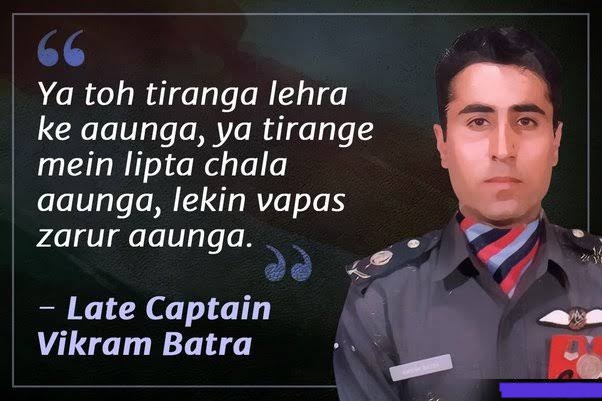The Kargil War: An Overview
The Kargil War, also known as the Kargil conflict, took place between May and July 1999. It was a crucial and defining moment in the history of India-Pakistan relations, marking the last large-scale conflict between the two nuclear-armed neighbors. The conflict began when Pakistani soldiers and militants infiltrated into the Indian side of the Line of Control (LoC), a de facto border that divides the disputed region of Jammu and Kashmir. The war not only tested India's military might but also highlighted the courage, valor, and sacrifice of its determined soldiers.
This conflict was unique as it was the first time that two nuclear-armed nations had engaged in direct warfare. The Kargil War was not just a border skirmish; it had the potential to escalate into a full-scale war with catastrophic consequences. The conflict brought global attention to the volatile nature of the India-Pakistan relationship and the ongoing dispute over Kashmir.
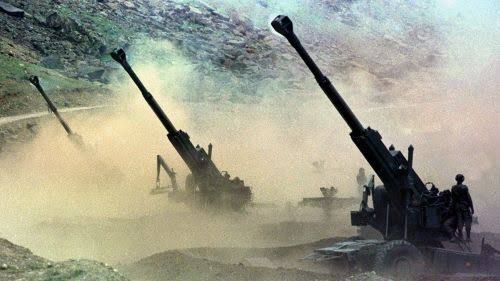
Origin of the Conflict
The roots of the Kargil War can be traced back to the broader conflict between India and Pakistan over the region of Kashmir, a territorial dispute that began with the partition of British India in 1947. The two countries had already fought three wars over Kashmir - in 1947-48, 1965, and 1971. The period leading up to the Kargil conflict was marked by increased tensions, especially after both countries conducted nuclear tests in 1998, which dramatically changed the strategic landscape of South Asia.
The Kargil conflict was not just another border skirmish but a calculated military strategy by Pakistan to alter the status quo in Kashmir. The infiltration was intended to cut off the crucial Srinagar-Leh highway, thereby severing the link between Kashmir and Ladakh and putting pressure on India to negotiate on the Kashmir issue.
Infiltration and Initial Response
In early 1999, during the harsh winter months, Pakistani soldiers, disguised as militants, crossed the Line of Control and occupied key positions on the Indian side, particularly in the Kargil sector of Jammu and Kashmir. These positions, located on high ridges at altitudes exceeding 16,000 feet, gave them a strategic advantage, as they could effectively monitor and target the Srinagar-Leh highway, a vital supply route for the Indian military.
The initial infiltration went unnoticed by Indian forces, as the harsh terrain and winter weather limited patrols in the area. It was only in May 1999, when local shepherds alerted the Indian Army about unusual activity in the region, that the magnitude of the infiltration became apparent. The Indian Army quickly mobilized troops and launched Operation Vijay to reclaim the occupied territories.
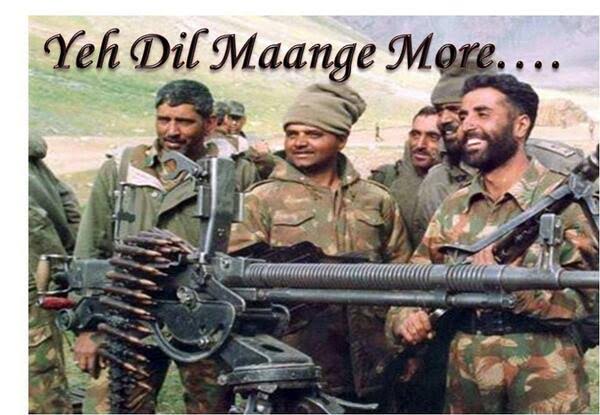
Operation Vijay: Indian Response
Operation Vijay was the codename for the Indian military operation to clear the Kargil sector of Pakistani infiltrators. The operation saw fierce fighting in extremely challenging conditions, including steep and rocky terrain, freezing temperatures, and thin air at high altitudes. The Indian Air Force played a key role in the conflict through Operation Safed Sagar, providing air support to ground troops and targeting enemy positions with precision strikes.
The Indian military's response was marked by exceptional bravery and determination. The recapture of key positions such as Tololing, Tiger Hill, and Batalik was crucial to the success of the operation. These battles were fought under intense enemy fire, with Indian troops often having to climb steep, snow-covered slopes to reach enemy positions. The battle for Tololing, in particular, was a turning point in the war, as it broke the back of the Pakistani defenses and paved the way for the recapture of other strategic peaks.
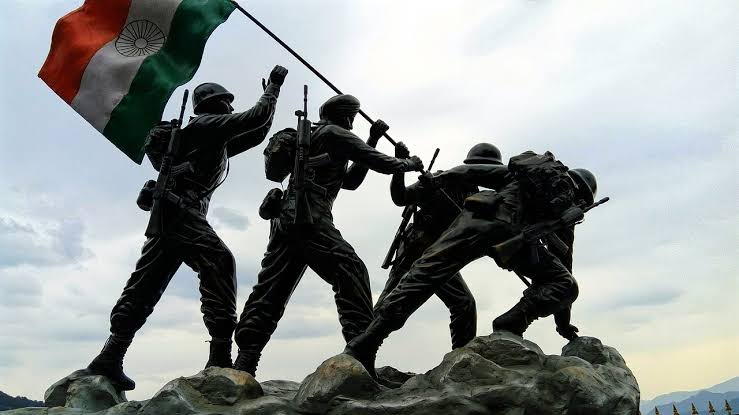
Sequence of the Conflict
The Kargil War was characterized by brutal and intense combat, with Indian forces having to engage in close-quarters battles to dislodge the well-entrenched Pakistani troops. The terrain was so challenging that in many instances, Indian soldiers had to resort to hand-to-hand combat to push the enemy back. The conflict saw the use of artillery, airstrikes, and infantry assaults, with both sides suffering heavy casualties.
One of the most significant battles was the recapture of Tiger Hill, one of the highest peaks in the Kargil region. The battle for Tiger Hill was fierce and involved multiple assaults by Indian troops. The eventual recapture of the peak was a major morale booster for the Indian forces and marked a decisive moment in the conflict. By the end of July 1999, after more than two months of intense fighting, the Indian Army had successfully regained control of most of the infiltrated areas.
The Political Dimension
The Kargil War was not only fought on the battlefield but also on the political front. India's decision not to cross the Line of Control, despite provocations, was a key factor in garnering international support. The conflict attracted widespread attention, particularly due to the threat of nuclear escalation. The Indian government made a concerted effort to present its case to the international community, emphasizing that the conflict was the result of Pakistani aggression and a violation of the Shimla Agreement, which was signed by both countries in 1972 to maintain peace and stability in the region.
Pakistan, on the other hand, faced significant political isolation. Its initial denial of involvement in the conflict, claiming that the infiltrators were Kashmiri militants, was quickly discredited when evidence of direct involvement by the Pakistani army emerged. The conflict also had significant domestic implications in Pakistan, leading to increased tensions between the civilian government and the military.
Kargil Vijay Diwas
Kargil Vijay Diwas, celebrated every year on July 26, marks the day when India successfully recaptured the territories occupied by Pakistani infiltrators during the Kargil War. This day is observed to honor the bravery and sacrifice of the Indian soldiers who laid down their lives to protect the nation's sovereignty. It is a day of national pride and remembrance, with ceremonies held across the country to pay tribute to the martyrs.
The victory in Kargil was a significant achievement for India, not only militarily but also diplomatically. It demonstrated India's resolve to defend its territorial integrity and sent a clear message to the world about its capabilities. Kargil Vijay Diwas is a reminder of the sacrifices made by the soldiers and the resilience of the nation in the face of adversity.
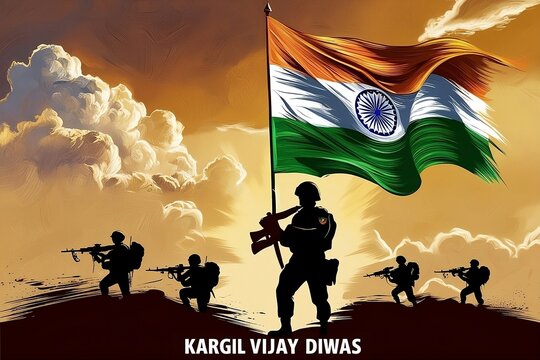
Kargil Heroes

Known for his bravery, Captain Vikram Batra was posthumously awarded the Param Vir Chakra, India's highest military honor. His famous slogan, "Yeh Dil Maange More!", continues to inspire generations. Captain Batra's leadership and courage during the recapture of Point 5140 were instrumental in India's victory in the Kargil War.

Lieutenant Manoj Kumar Pandey was posthumously awarded the Param Vir Chakra for his heroic actions during the Kargil War. He led his troops to capture the Jubar Top, despite being severely injured. His bravery and determination in the face of overwhelming odds have made him a national hero, and his story is a testament to the indomitable spirit of the Indian Armed Forces.
Many other soldiers displayed extraordinary bravery during the Kargil War, earning various military honors for their actions. These heroes, who faced extreme conditions and heavy odds, are remembered and honored for their service to the nation. The stories of their valor continue to inspire and remind us of the sacrifices made to protect our freedom.
Honoring the Martyrs
Paying tribute to the martyred soldiers of the Kargil War involves a variety of media, from images and statues to stories and documentaries. These tributes ensure that the memory of these brave souls stays alive. Monuments such as the Kargil War Memorial in Dras stand as a testament to the bravery and sacrifice of the soldiers who fought in the conflict.
The Kargil War Memorial, located at the foothills of the Tololing Hill, serves as a reminder of the sacrifices made by the soldiers during the war. The memorial features the names of the martyrs engraved in stone, and every year, on Kargil Vijay Diwas, a ceremony is held to honor their memory. The memorial is a place of pilgrimage for many Indians, who visit to pay their respects to the heroes of Kargil.
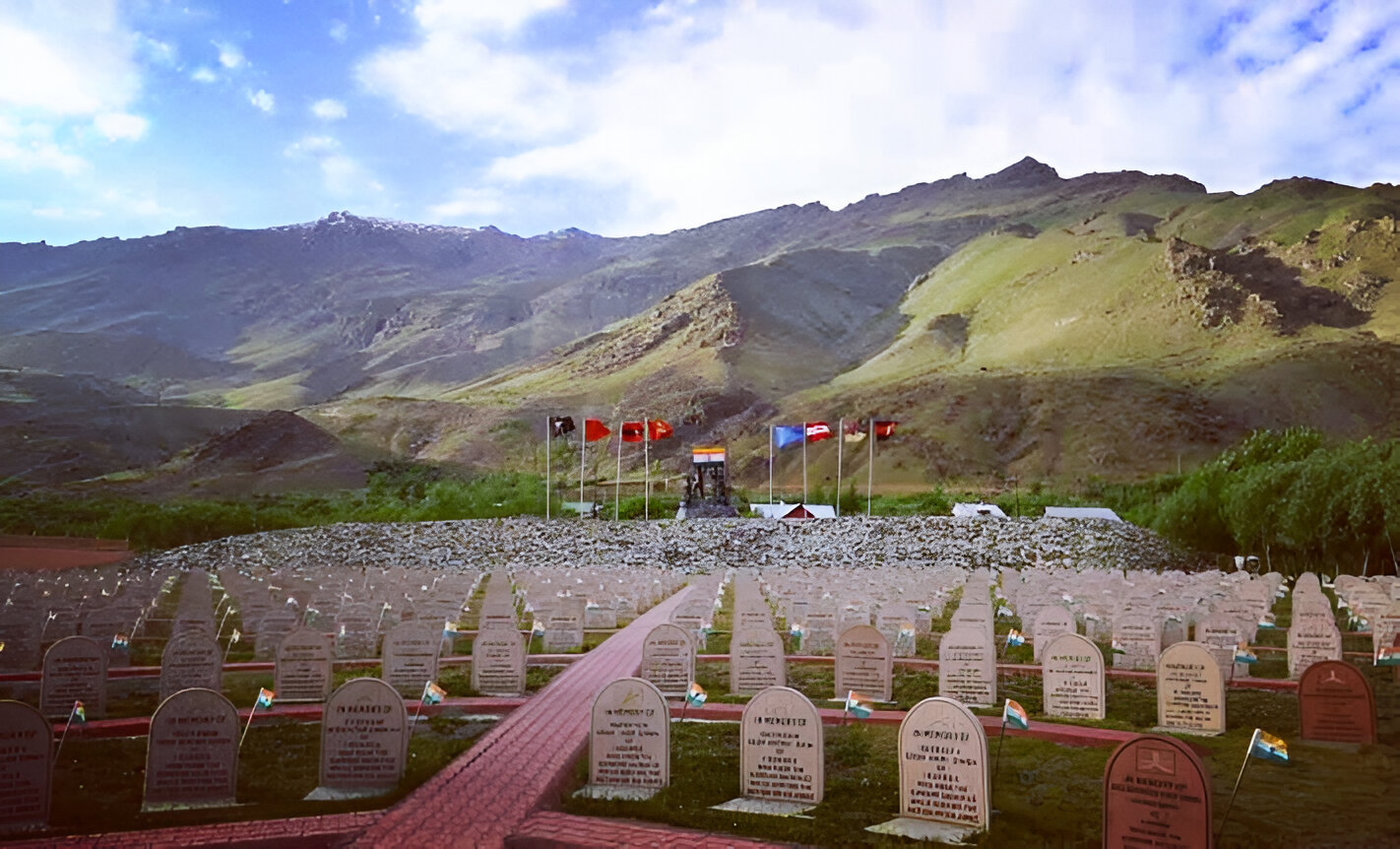
Legacy and Remembrance
The legacy of the Kargil War continues to inspire new generations of Indians. The bravery of the soldiers is not only remembered, but also serves as a beacon of patriotism and sacrifice. The war highlighted the importance of national security and the need for a strong and vigilant military. It also underscored the resilience of the Indian nation in the face of adversity.
In the years since the Kargil War, the conflict has become a significant part of India's national consciousness. It is remembered not only for the military victory but also for the way it united the country in a common cause. The stories of the Kargil heroes are taught in schools, and their sacrifices are commemorated in various forms of art and media. The war has left an indelible mark on the nation, serving as a reminder of the cost of freedom and the courage required to defend it.
